Zhu Yong: On the road of beauty, meet everyone who creates beauty
Author:People's Literature Publishin Time:2022.09.05
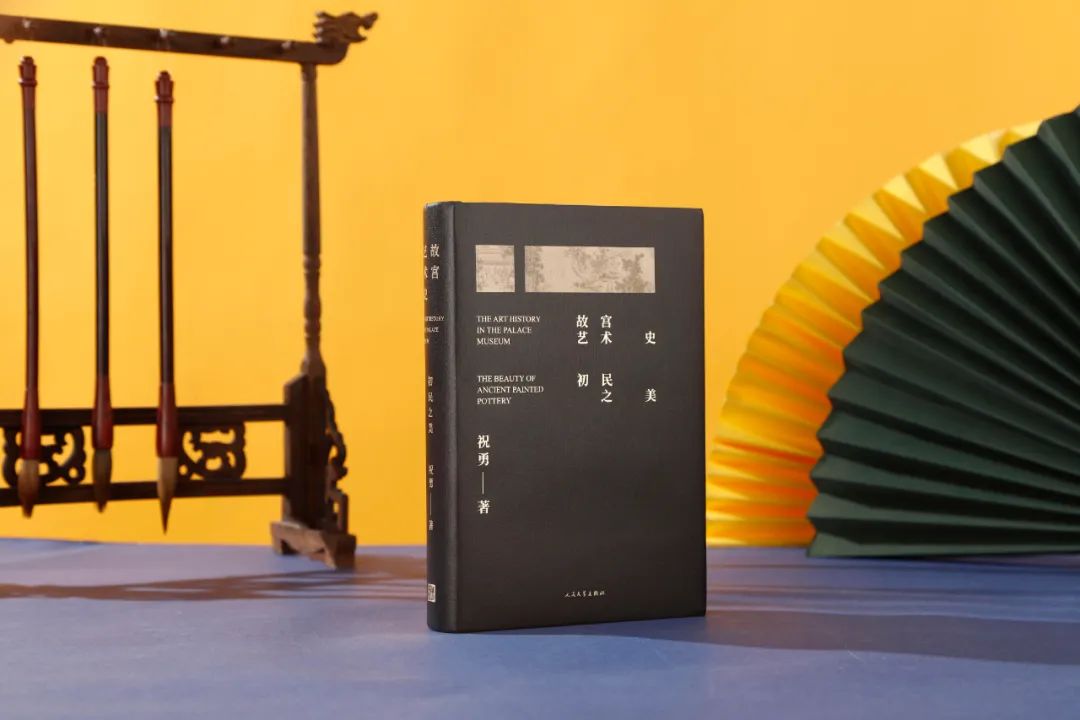
For a long time, Zhu Yong couldn't find it. Where is the feeling of his hometown? When he was young, he wandered around and came to work in the Forbidden City under the fate, thus began the creation of the Forbidden City.
After coming to work in the Palace Museum, he found himself found. This "spiritual hometown" provides Zhu Yong with abundant writing inspiration and resources. In his opinion, the "Palace Museum's Writing" can be diverted from the Forbidden City to the entire China, and even the world; the time can be expanded from modern to 5,000 years.
The Forbidden City is Zhuyong, the hometown, the origin, the place where he can return after traveling, and the place where he returns after returning.
In 2022, it was the twentieth year of Zhu Yong's opening of the Forbidden City. He chose to start from the Forbidden City again -this time, he traced back in the river of time to explore the beauty of the deep source of Chinese civilization.

"History of the Forbidden City" general preface
one
This book is a Chinese art history linked by the cultural relics collected by the Palace Museum, or the cultural relics collected by the Palace Museum, which constitute a grand, vast and visible Chinese art history. The Palace Museum has a total of more than 186 million (sets) of cultural relics. These mobile cultural relics are divided into ceramics, jade, bronze, monumental posts, law books, painting, treasure, enamel, sculpture, inscription, furniture, furniture, furniture, furniture, furniture , Ancient Books Shanben, Literary Family Tools, Emperor Queen's Seal Book, Watch Instruments, Wushu Termids, Religious Cultural Relics, etc., a total of sixty -nine small categories (excluding buildings). Among the precious cultural relics (first, second, and third) collected by state -owned cultural and cultural units across the country, the precious cultural relics collected by the Palace Museum account for about 41.98%, and the cultural relics of the Palace Museum are in the pyramid structure. Three levels again. Therefore, some people say that the Forbidden City cultural relics are almost a national treasure, which is not exaggerated, because each piece of cultural relics are irreplaceable.
From time to time, in the new stone era collected by the Palace Museum, it has spanned the Xia, Shang, Zhou, Qin, Qin, Lianghan, Three Kingdoms, Liangjin, Northern and Southern Dynasties, Sui and Southern Dynasties, Sui, Five Dynasties, Liaoning, Xixia, Yuan, Yuan, Yuan, Yuan, Yuan The ancient Chinese dynasties such as Ming and Qing dynasties have passed through the history of the 20th century and arrived all the way today.
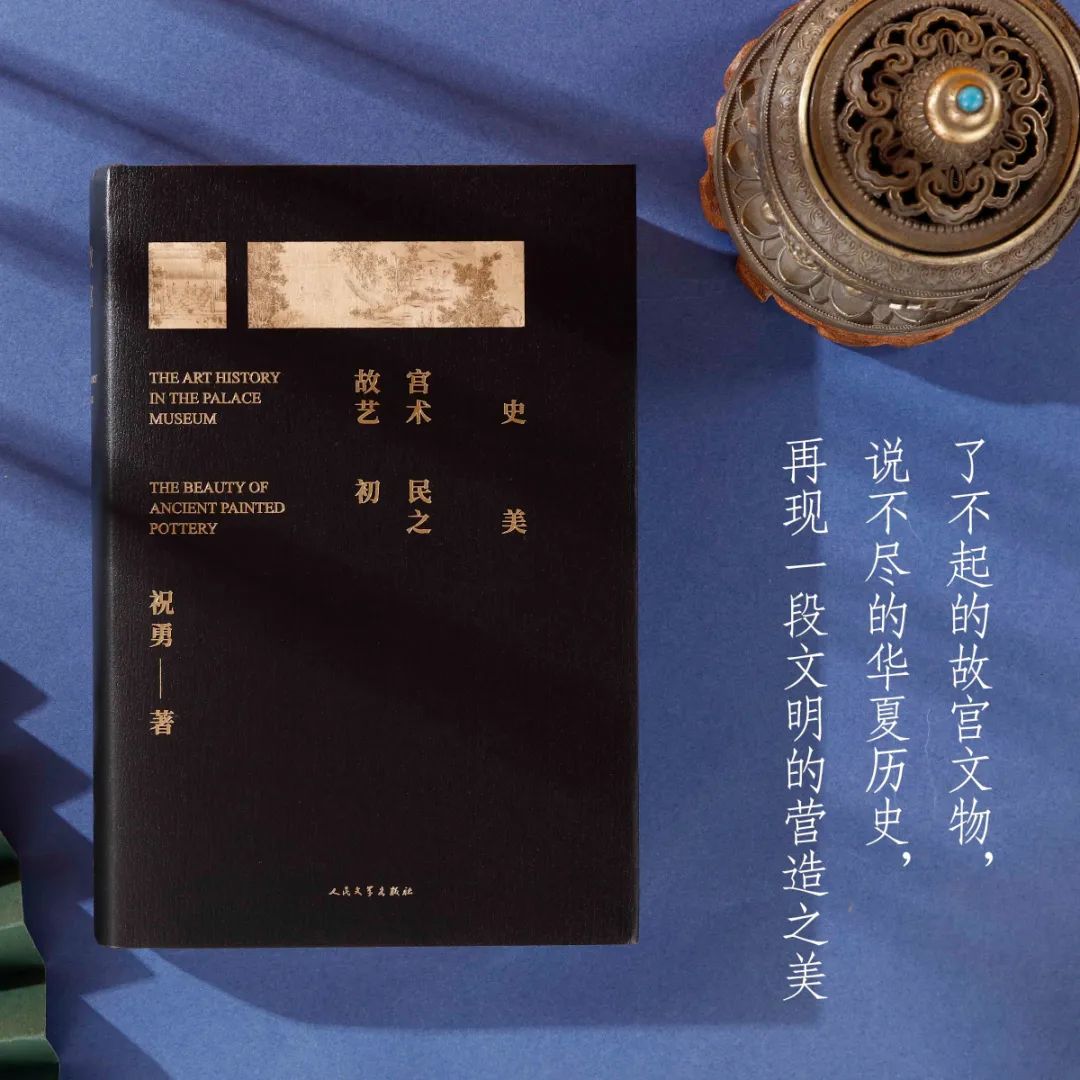
The Forbidden City is the two generations of the Ming and Qing dynasties, but the collection of the Palace Museum is not just the Ming and Qing Dynasties, but also covers the historical years of nearly 8,000 years since the Neolithic era. Especially when we faced the color pottery and jade in the Neolithic era, it was not just "a thousand years", but even at a glance for nearly 10,000 years. No wonder Mr. Zheng Xinmiao, the fifth dean of the Palace Museum, said: "The Forbidden City is a concentrated history of Chinese civilization in 8000 years of civilization." The time scale that these cultural relics once experienced were not what we could imagine; every cultural relic in front of us was behind us. Hidden with a magnificent legend.
Regardless of the horizontal or vertical, the cultural relics of the Forbidden City have constructed the grand system of Chinese civilization, becoming a material evidence that the Chinese civilization is endless and has never been disconnected.
We think that life is like summer flowers and the beauty of autumn leaves. In fact, in front of them, we are the fungus of death and death. I do n’t know the night and dawn. The bacteria do not know obscurity, I do n’t know the spring and autumn "). Fortunately, there are cultural relics, which eliminates our attention and wids our vision. Let us realize the smallness of ourselves. Between Youmu Huai, understand the spiritual process of our nation, and experience the emotional pulse of the ancestors of the past.
two
All material cultural heritage is actually an intangible cultural heritage, because behind the "material", the light of "intangible material" must be flashed, including: skills, emotions, concepts, pursuits, and even beliefs. We love the cultural relics of the Forbidden City, not only because they are precious (the so -called "things are rare"), nor is they used to be the treasures of the emperors of all ages, but because of them, we have condensed our ancestors on their predecessors. Beautiful thinking and practice radiate the moving glory of life. The beauty of cultural relics is reflected in the beauty of material, but the real core is the beauty of spirit. As Mr. Jiang Xun said: "From the rush of the glitter, this 'beauty' is the true core of history."
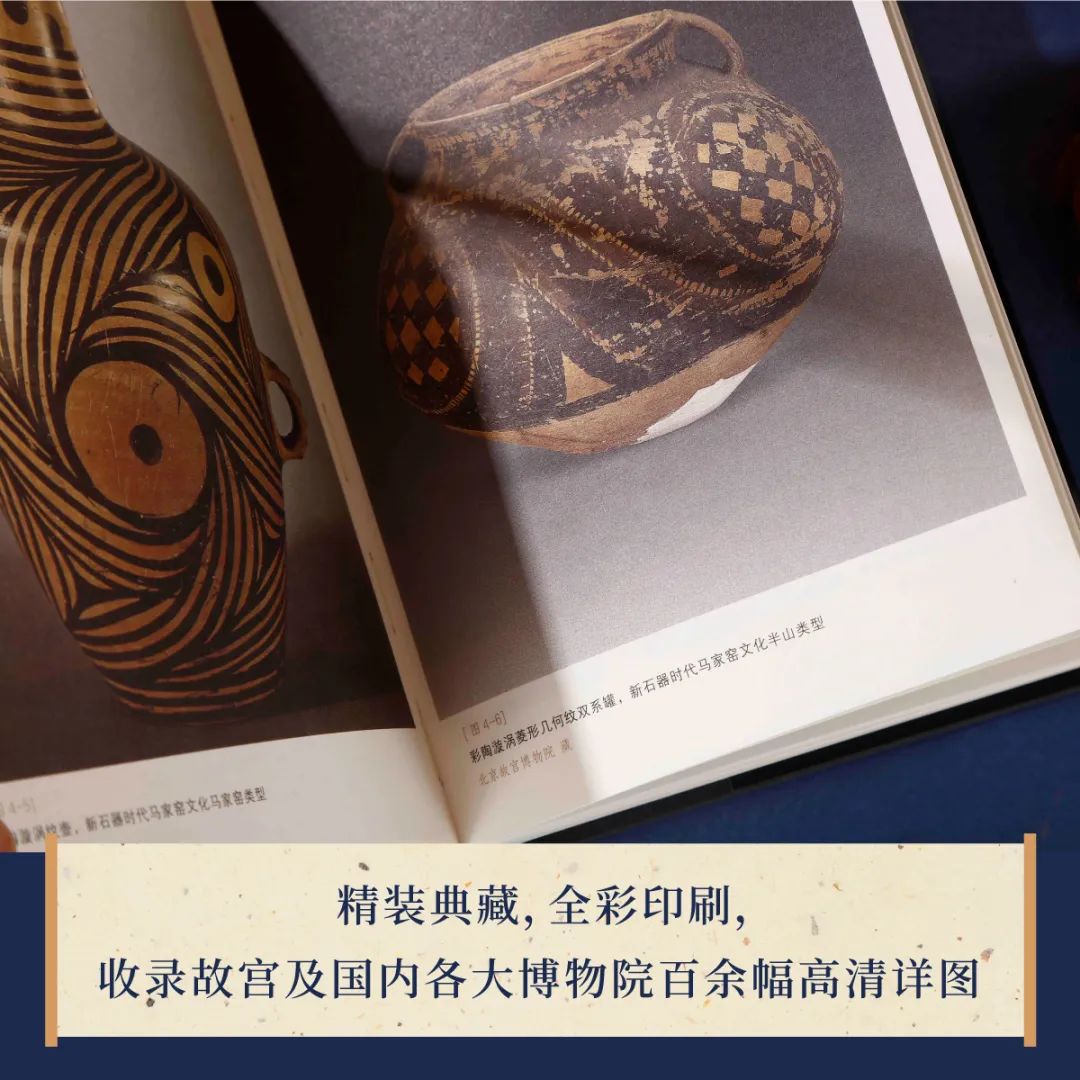
Many of these cultural relics were originally ancient daily necessities, such as ceramics, jade, bronze, treasure, lacquerware, enamel, sculpture, inscriptions, furniture, literary room utensils, watch instruments, etc. Many of pottery, bronze, jade, etc.) are related to daily life, let alone palace lantern instruments, car and horses, clothing props, clothing, clothing, makeup, toys, medicinal materials. As for the books and paintings, many of them are from daily — the daily life of the literati, even if it is a paper note and a few graffiti that year, it becomes a "national treasure" thousands of years later (see the "Beauty of the Palace Museum", "The Forbidden City of the Forbidden City", "The Palace Museum "The Beauty of Ancient Painting" "Calligraphy of the Forbidden City").也就是说,故宫博物院里的文物,相当多一部分是与百姓、文人和帝王的日常生活相连的,柴米油盐、衣食住行的日常生活,是艺术的原动力,是文明的血与骨。
Through these cultural relics, we can not only appreciate the exquisiteness of ancient artificial objects, but also appreciate the meticulousness of ancient people's life. Only by returning to the scene at that time, through the process of people's use process, can we truly appreciate the beauty that contains it. These creations make us realize that beauty is not a matter of loneliness from life and life. The cultural relics displayed in the museum, many of which have been closely linked to the needs of people's lives. The promotion revealed that the attitude of the Chinese in life was revealed. On the metaphysical life, our nation has always maintained the metaphysical pursuit of the beauty of art, and even became a "Tao". "The metaphysics is the way, and the metaphysical person is the device." In the "device", it is "Tao", which is the highest value of the common belief of the Chinese nation. In this way, relying on the cultural relics collected by the Palace Museum, looking for clues among the scattered cultural relics, to build the art history of the Chinese nation, to sort out and summarize our ancestors' search for the United States, to grasp the spiritual direction of our nation, is it? It can be established. The art history I understand is not only the history of art creation, the history of art aesthetics, and the history of artistic style. It will surpass art, and contains art -related historical fortunes, and even contains personal destiny in the process of history. The history of art is the history of art, but it is greater than the history of art. It is the expression of the spiritual history of our nation and the history of the spiritual history through art. As Mr. Jiang Xun said: "As the highest form of form in human civilization, On the surface of the "beauty" on that floating surface, there is a hidden dream, common yearning, common grief and excitement of a common dream, common yearning, common grief and excitement in the era. "
three
History is like a black hole, swallowing the attention of the explorer. Fortunately, there are these cultural relics that fill the years that have disappeared, so that the years that have been blurred have gradually revealed their shapes, so that all things sinking in the darkness will be re -shiny. The cultural relics are the road signs that guide us back to the past, which are the bridges that connect the past and the present.
The value of cultural relics in historical research, as early as a hundred years ago, Mr. Wang Guowei proposed. He confirmed the "new materials" discovered by archeological discovery with "materials on paper". This is the famous "dual evidence method". The "materials on paper" he said are the literature classics spread on earth, mainly including: "Shangshu", "Book of Songs", "Zhou Yi", "Five Emperor", "Zuo Zhuan", "World Ben", "Warring States Policy", "Historical Records" and so on. The ancient literature handed down; and the "new materials of the ground" are cultural relics, the focus is on the physical objects that have been sleeping for thousands of years in the ground, such as Oracle, Jinwen, etc. Later These cultural relics are collected in the Palace Museum), providing new resources for studying history.
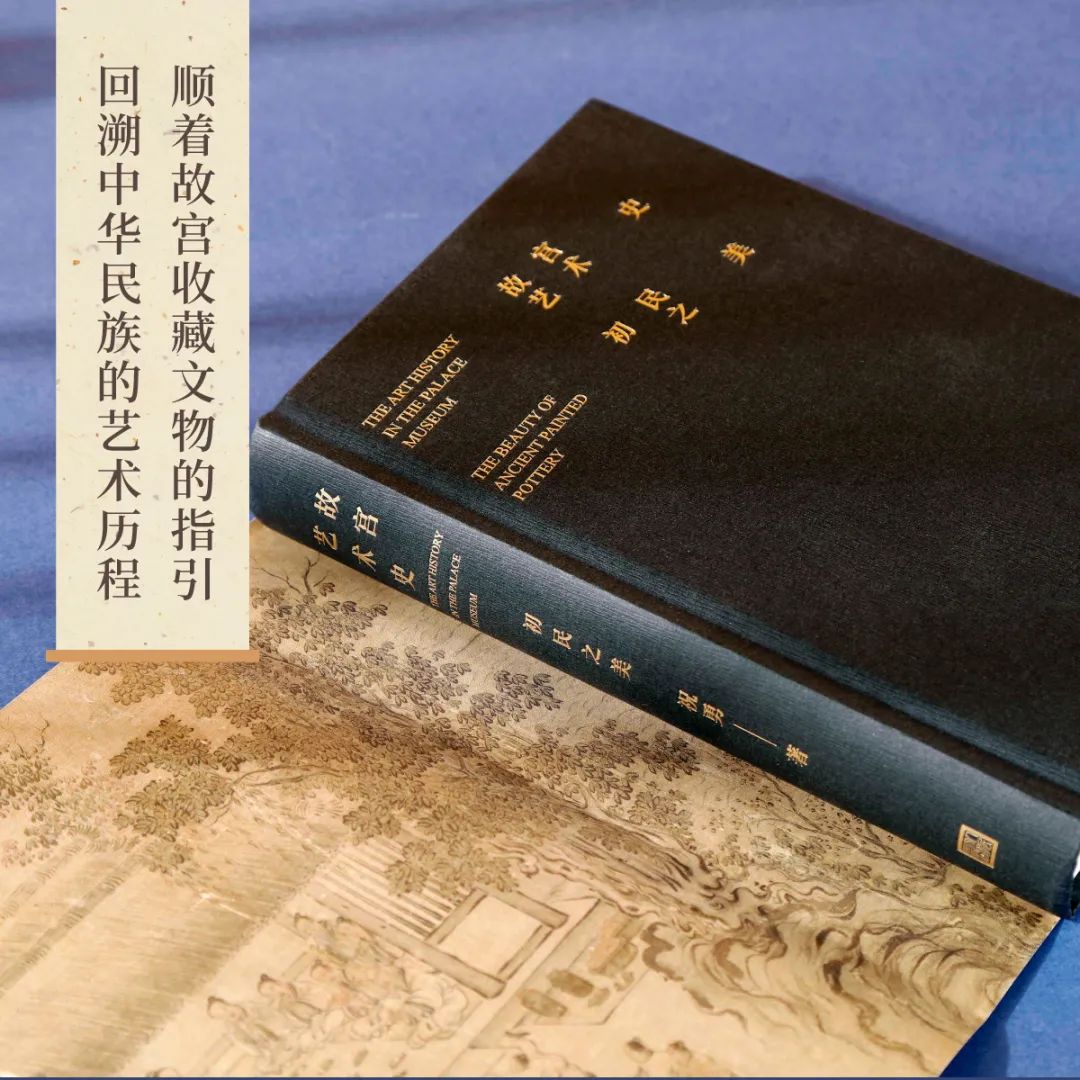
Wang Guowei's "dual evidence method" was soon accepted by intellectuals after the May 4th. Mr. Fu Sinian referred to "new materials underground" and "materials on paper" as "direct historical materials" and "indirect historical materials", respectively. He believes that "everything that has not been modified or omitted or transferred by the middleman is a direct historical material." Mr. Wang Guowei said "new materials" (that is, cultural relics), which is "direct historical materials", but Fu Sinian Nian Nian The cultural relics (documents) of the gentleman, including underground excavations, as well as the ancient Gongzhang, ancient temples and family members; and "indirect historical materials" refers to "the middleman has modified or omitted or transliterated" The "materials on paper" written by Mr. Wei and written by future generations are basically the same. For example, he said: "Zhou Shu is indirect material, and Mao Gongding is direct;" World Ben "is an indirect material (now it has been), and the resignation is directly; It is direct. In the such as push. Some indirect materials are similar to direct, such as Qin Koushi recorded in the Historical Records; Those words come to. Naturally, the direct materials are more credible. Indirect materials are easily changed or subtracted or subtracted because of turning. The materials that have time to be indurtion are obtained from the predecessor's precision induction: this cannot be judged by this, and you must look at it anytime, anywhere. "
After the "May 4th Movement", the development of Chinese mythology (represented by Wen Yiduo) allowed "materials on paper" to be expanded. Among them, scholars recognize reliable historical information. Myths and legends have become the "third evidence" outside the "duction".
Mr. Wang Guowei said that the "new materials of the underground" were later divided into two, and Mr. Rao Zongyi was refined into "word archeological materials" and "archeological materials without words". The "archeological data of the word" is mainly nail bones, golden texts, Jianxian of the Western Regions, and Dunhuang documents; "archeological materials without words" mainly refer to various ancient utensils. "No word archeological data" became "fourth evidence".
There are also many scholars who are unwilling to "small traditions encoded in words", relax the historical perspective, go to the field of hope, and explore the "great traditions" hidden in the people. On the basis of the introduction of folk cultural culture such as oral transmission and intangible heritage, there is "fifth evidence".
The search for the truth of history has gone away from the single dependence on the literature on the paper, and has become a chorus of multi -voice. Our research on art history will be beyond the category of art history, and becomes a cross -disciplinary study. , Folklore and other disciplines are involved together. Although I know so much about so many "learning", I am unable to galloping in such a large number of disciplines, and I can only study and sell it. With my limited knowledge, I have strengthened my interpretation of "History of the Palace Museum".
Therefore, when I start from the cultural relics collected by the Palace Museum and start my art history journey, I will immediately invest in a vast and boundless knowledge system. But I know that just starting from things, I feel like a blind man, and I can't touch the huge body of history, and I am unable to interpret the spiritual history of our nation for thousands of years. The evidence can identify the true meaning of cultural relics from the historical clues.
What needs to be emphasized is that this is an art history built by trying to rely on cultural relics in the Palace Museum. The content described in this book is from the mobile cultural relics collected by the Palace Museum. Of course, it will "radiate" to the collection of other museums. In order to present the overall style of a certain period and a certain type of art, but it will not be boundless, especially the cultural relics within the collection of the Palace Museum. This book may be omitted or involved. A large number of mobile cultural relics also include non -moving cultural relics such as rock paintings, murals, and grottoes that are scattered throughout the country. Even the cultural relics collected by the Palace Museum will have a leakage, and please forgive readers and friends.
Four
This is an academic book, but I hope it is not an abominable and rejection academic book. I hope this is a Chinese art history of "writing to everyone". More Chinese people follow the cultural relics in the Palace Museum, and go back to the art journey of our nation.
I know that the road to explore is far and long. Fortunately, there are beautiful scenery along the way. I will meet everyone on the road of beauty.
Like a song that can't be familiar with:
I am willing to flow down
Find her direction
Seeing vaguely
She is in the center of the water
China in the Forbidden City -Zhu Yong's "History of the Forbidden City" new book sharing meeting
X
Scan the QR code above and watch Jingdong live broadcast
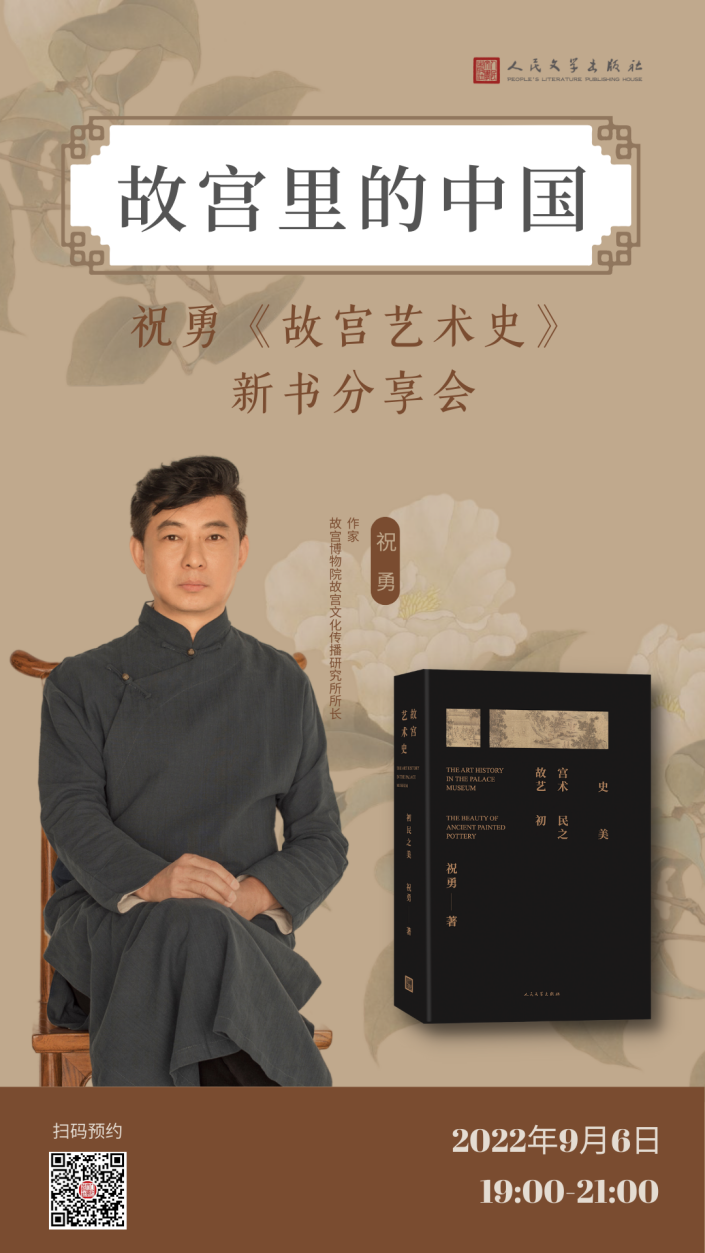
New book listing
Click the figure below to buy
X
This is an academic book, but it is not an academic book that refuses thousands of miles. This is a Chinese art history of "writing to everyone". The cultural relics in the Palace Museum will go back to the art journey of our nation together.
The book is included in the Forbidden City and Museums at home and abroad nearly a hundred high -definition diagrams. Use 100g full wooden paste paper full color printing. The precision printing process, the rejuvenation of the ancient famous painting "The Wind" details on the back of the cover, the workmanship is good. The book itself is both beautiful.

"Wish Yong Palace Palace Works Selected Set" includes six classic works of Zhu Yong: "The Beauty of the Palace of the Forbidden City (the Beauty of the Palace of the Forbidden City", the Calligraphy of the Forbidden City, "The Palace Museum's Six hundred Years", "The Hidden of the Forbidden City's Secret of the Forbidden City" "Corner", "Looking for Su Dongpo in the Forbidden City", the set comes with "Beauty of Antiquities" and Zhu Yong's ancient calligraphy.
Whether it is writing the Forbidden City or writing our history of civilization from a larger perspective, Zhu Yong tried to carefully build a historical palace, tell Chinese stories in his own way, restore the contemporary people's feelings of tradition, re -show ChinaThe charm of the national history and the source of civilization.wx_fmt = png "data-nickName =" People's Literature Press "data-alias =" rwcn166 "data-signature =" Everyone's heart should be hidden in the hearts of everyone."..." data-from = "0" />


- END -
Ti Xiulian prose "Red Chrysanthemum Open West Mountain Village"
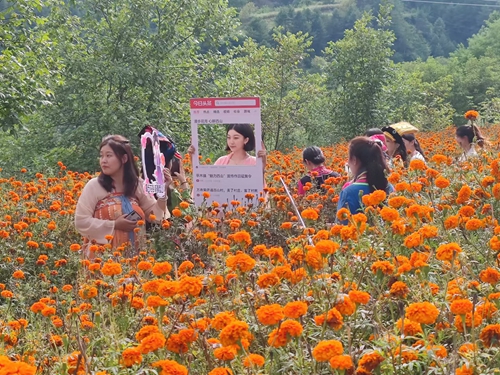
Hongju opened all over Xishan VillageText/Ti XiulianThere is a dream of returning ...
"Xiongguan Man Dao" theme art work exhibition 丨 flowing golden years (6)
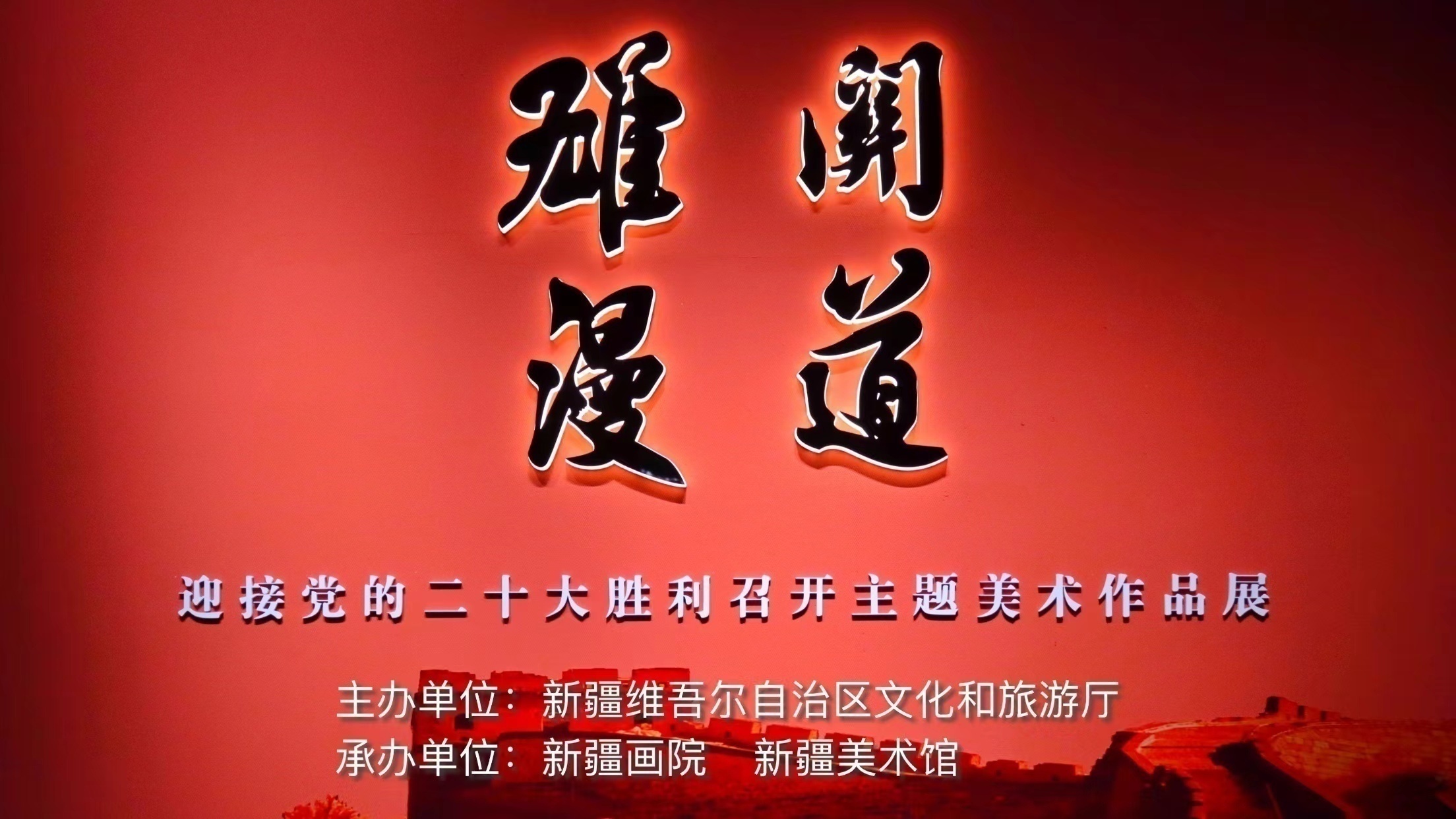
On July 1, 2022, the Xiongguan Man Road theme art exhibition opened at the Xinjian...